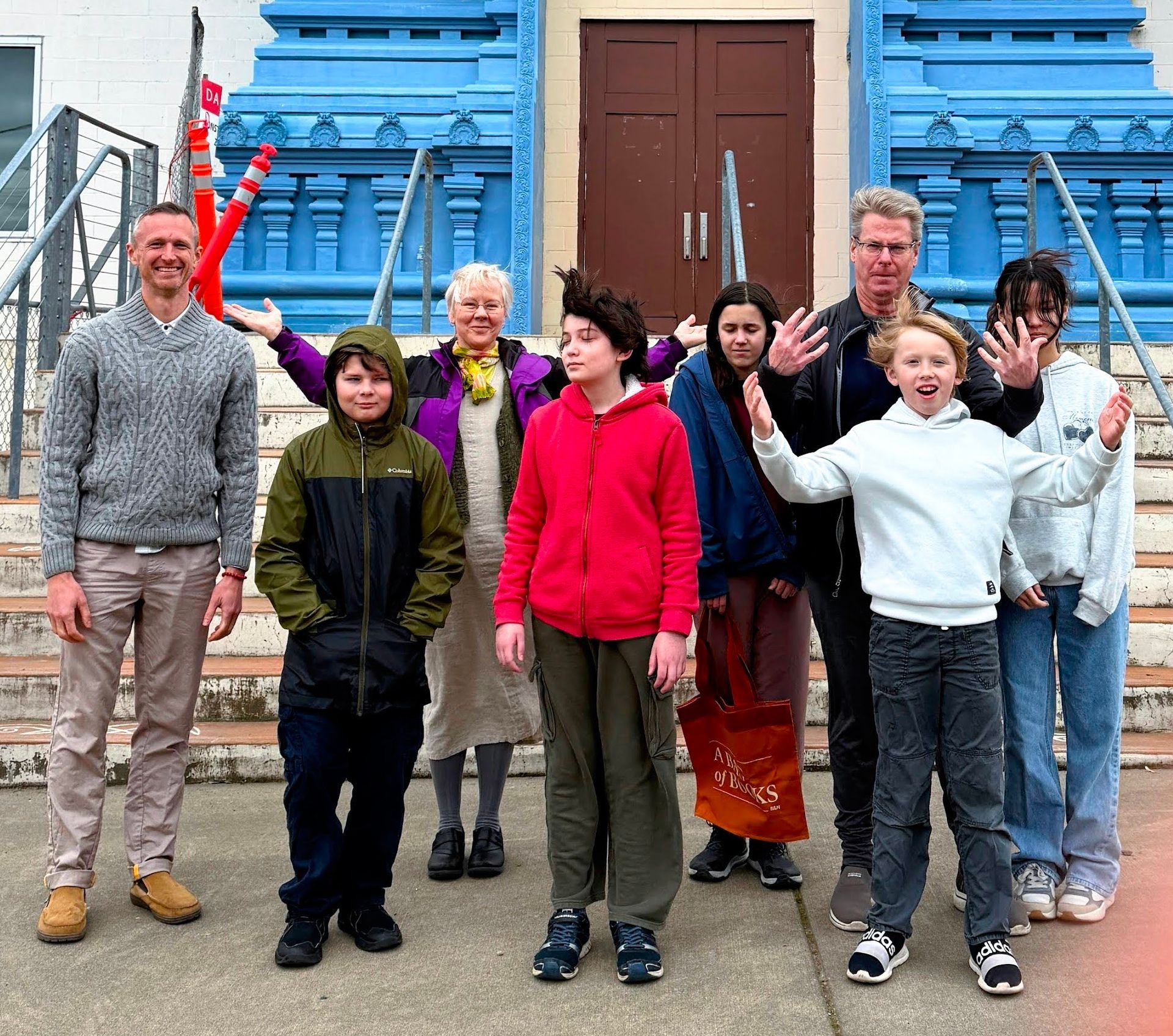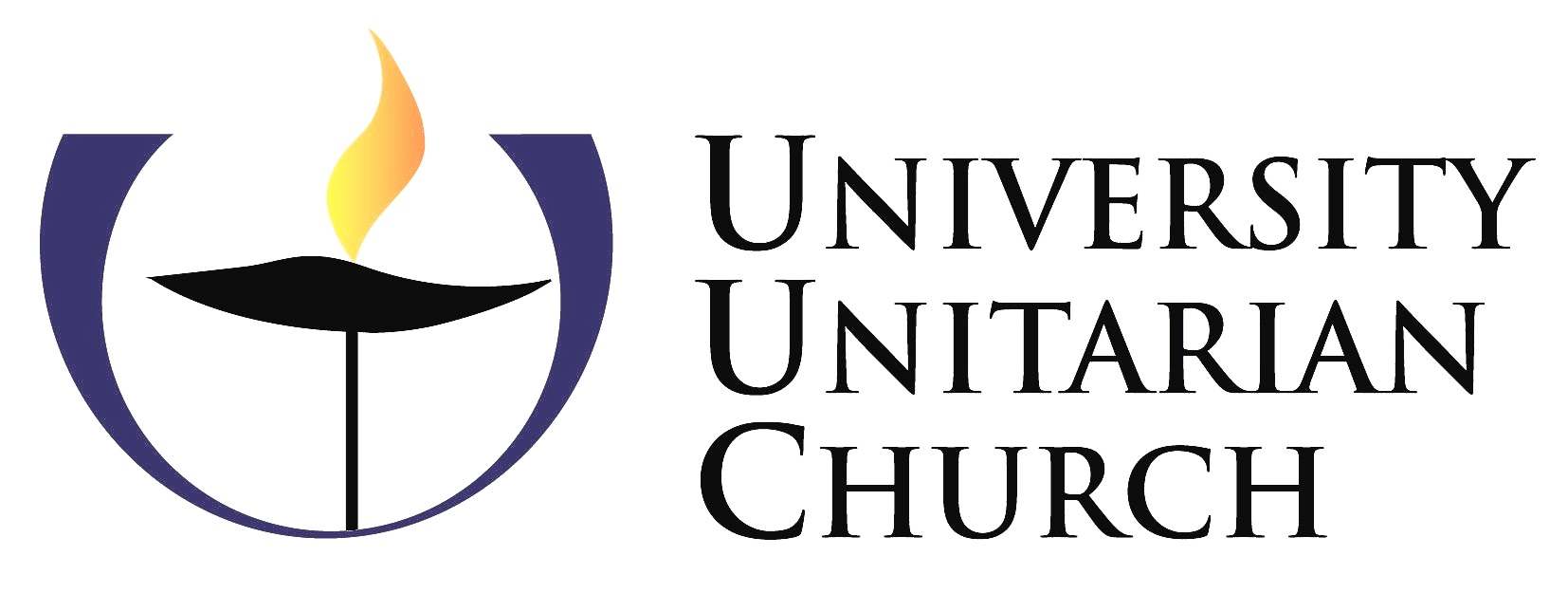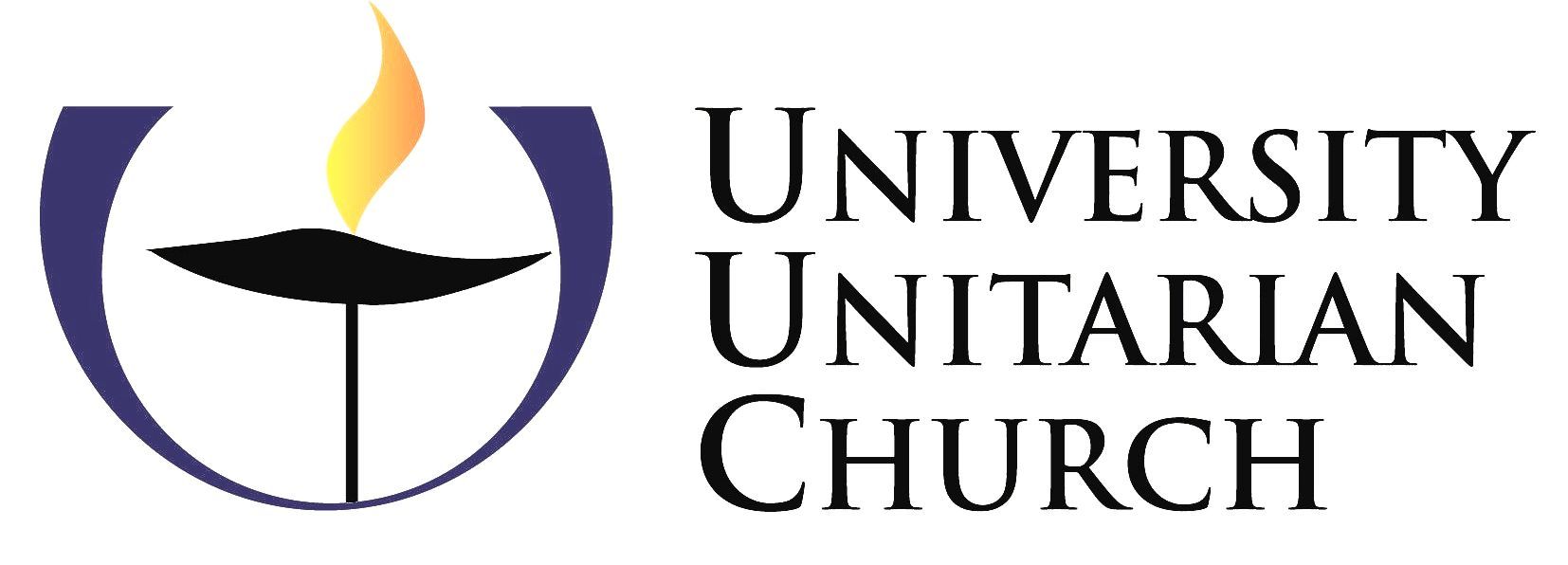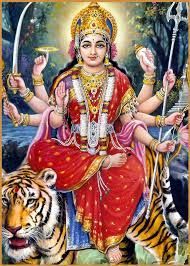Address: 6556 35th Ave NE Seattle, WA 98115
Service: Sundays at 9:30am and 11:15am in-person or online
Phone: 206-525-8400
Photo: World Religions field trip participants pose like the Hindu goddess Durga, the protective mother of the universe. Durga’s fierce love is just one expression of the Supreme God.
From Amanda Mack, Youth Ministry Coordinator
Our World Religions class is wrapping up their unit on Hinduism, the latest of the faiths we have covered this year. For each unit, a field trip is arranged at a place of worship. On March 9, for example, our group went to the Hindu Temple and Cultural Center (HTCC) in Bothell, WA. Mr. Raj Gupta, our host and founding member, past Vice Chairman of the board and a senior volunteer of HTCC, was gracious and welcoming. The purpose of the curriculum and each field trip is to build connections and understandings between different faith traditions and the people who practice them. I hear repeatedly that it’s one of the most memorable youth experiences over time and it’s a wonderful way to uphold our Unitarian Universalist shared value of pluralism.
During our tour, Mr. Gupta described the vision for the temple as being like a tour of India. We learned that which of the primary Hindu gods or goddesses is worshipped depends on which region of India a person is from. Therefore, we saw shrines and altars honoring several different deities as well as a Jainism shrine. HTTC also plans to build a shrine for worshippers of Sai Baba. All of the altars were hand-carved by Indian artisans who used materials like marble and stone found in the region of India in which each deity is worshipped.
Being at HTTC was a very sensory experience. The smells of incense wafted around us as we entered the temple. Our eyes feasted on the colors of beautiful saris worn by women and the fresh flower garlands draped around the necks of large murtis or statues of Hindu gods and goddesses. We heard the intricate melodies of Indian music, the repetitive and loud ringing of a bell hanging from the tall ceiling of the temple by people of all ages (including very young children lifted by a parent to reach it) upon entry, and the vows and spoken rituals of a marriage happening off to one side of the cultural hall. Our stockinged feet got wet after walking through water tracked in by devotees who had cleansed their feet before entering the temple; we drank cardamom and lemon flavored water as part of a blessing one of the priests performed; and we longed to trace the intricate carvings on each of the shrines with our fingers but restrained ourselves at the instruction of Mr. Gupta!
Mr. Gupta answered many of our questions as did my primary HTCC contact Satish Darbha via email. For example, when asked "What is your most regular spiritual practice?" and "How has Hinduism influenced your personal spiritual practices?" Satish wrote:
“My most regular spiritual practice is lighting a lamp in the morning, offering dry fruits and water with a full prayer/pooja; reciting slokas (hymns) in praise and service of God. Also, Hinduism is about four principles: Universal brotherhood (Vasudaiva Kutumbam - world is one big family), Tolerance, Equality of all, Non-violence & Peaceful coexistence with all life forms.”
In response to the questions "What are the major misconceptions out there about the Hindu tradition?" and "What do you wish others better understood?" Satish wrote:
“Hinduism is about attaining a balance between the physical world and the inside world (our soul, cosmos, eternal worlds). Also, Hinduism is not about polytheism but is about a single Supreme God with many manifestations.”
Mr. Gupta told us that each god or goddess has a particular job to do—looking over children, tending to nature, etc.—and, in so doing, represent just one facet of the Supreme God that we can learn from.
Religions we have explored or will explore this year include the Quaker faith, Judaism, Islam, Catholicism and, of course, Hinduism. Although we really just scratch the surface of each religion, participants do get a good taste of each faith. We find out the ways in which our faiths are similar and how they are different which helps youth get to know their UU faith better, a central goal of the curriculum. It’s a real joy to work with our volunteers, prepare weekly lesson plans and to arrange and participate in the field trips over the course of the church year.
Many people work together to make World Religions happen including our volunteer teachers this year, David Kendall, Kristi Hendrickson, John Granillo-Dodds and Katie Schmidt; the families who keep showing up; and everyone who supports UUC’s Family and Youth Ministry program through your annual pledge. Thank you so much for your ongoing encouragement and support!

Posted/updated on:



